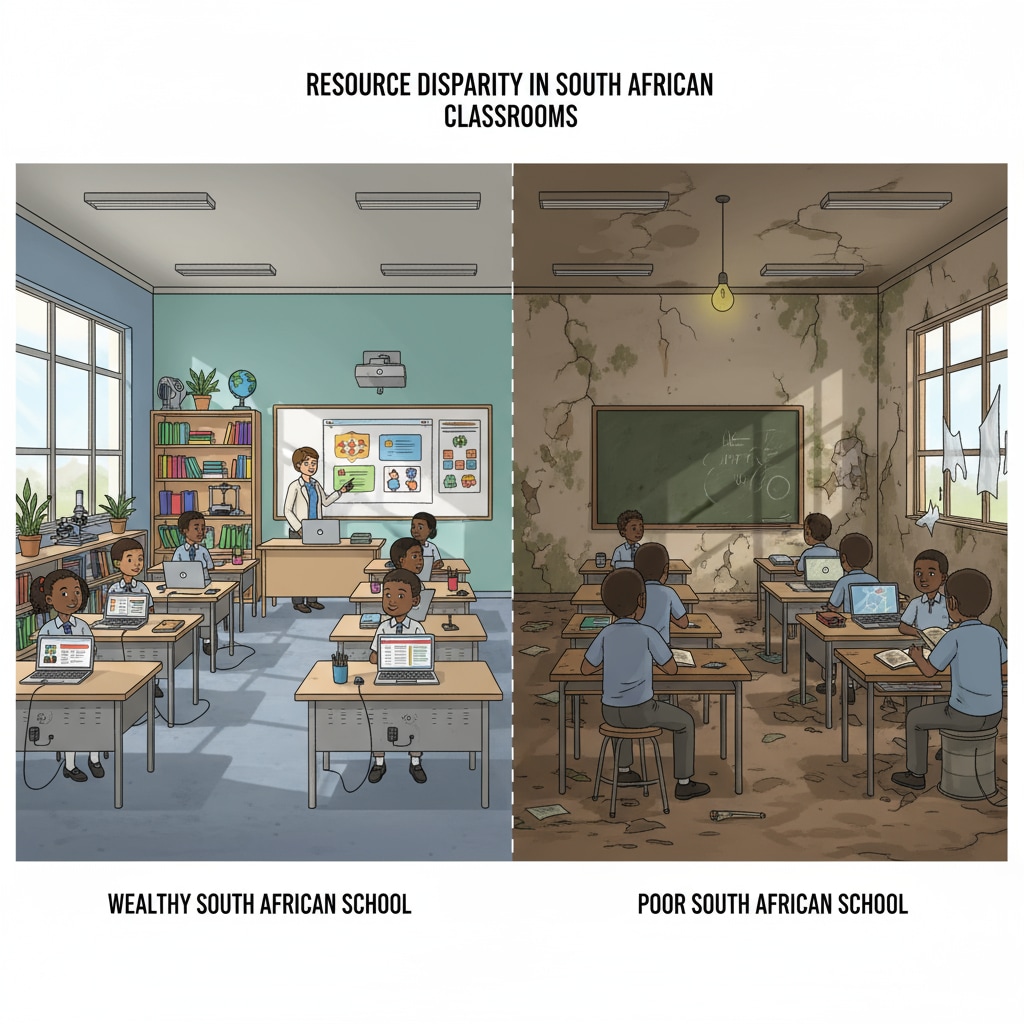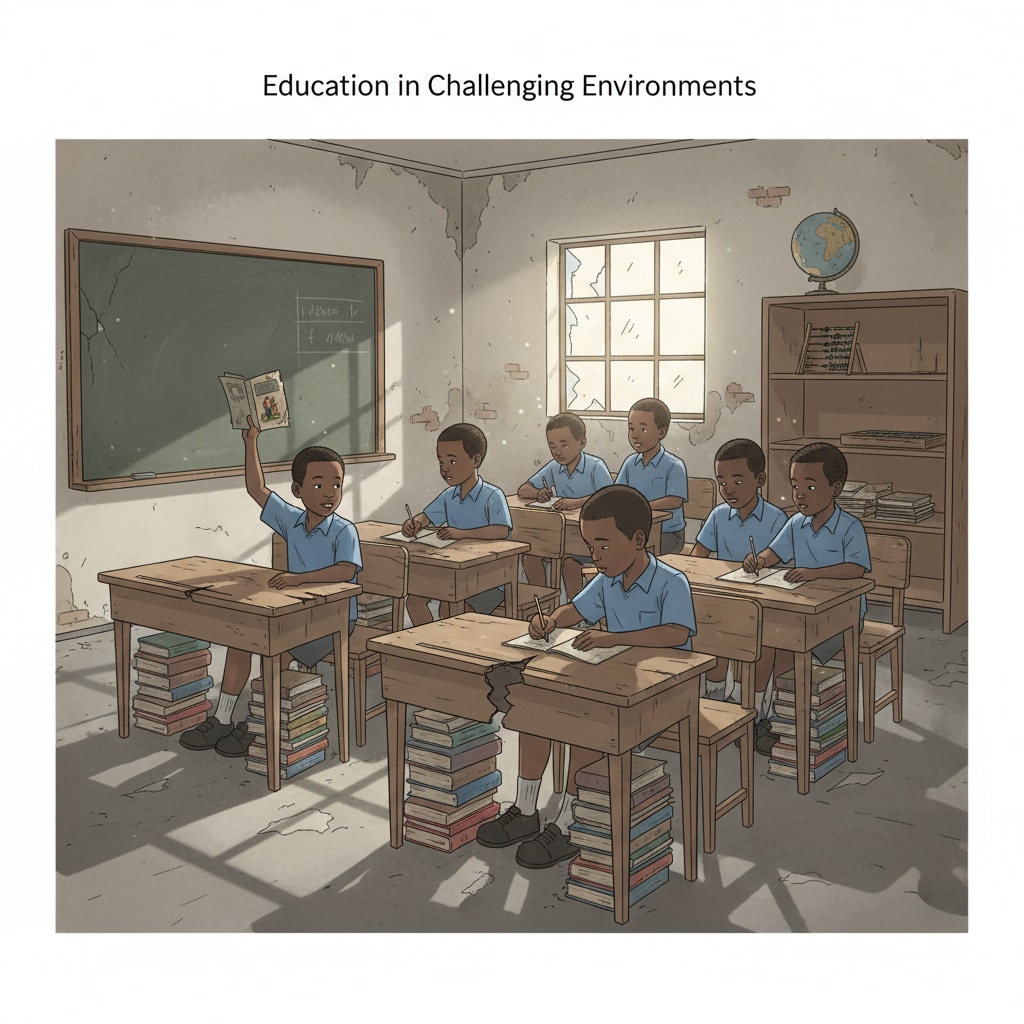The educational inequality and resource allocation in the South African education system have been persistent issues in the post – apartheid era. Despite efforts to create a more inclusive educational environment, significant disparities remain between affluent and disadvantaged schools.

These inequalities not only affect individual students’ prospects but also have broader implications for the nation’s social and economic development. As we explore this complex topic, it’s essential to understand the various aspects of this divide and the reforms needed to bridge it.
The Stark Divide in South African Education
In South Africa, the contrast between schools in wealthy and poor areas is striking. Affluent schools often have state – of – the – art facilities, well – trained teachers, and a wide range of extracurricular activities. For example, they may have modern science labs, well – stocked libraries, and sports facilities that rival those of international standards. On the other hand, disadvantaged schools lack basic resources. Many have crumbling infrastructure, insufficient textbooks, and a shortage of qualified teachers. According to Wikipedia’s page on Education in South Africa, these disparities lead to a significant gap in educational outcomes between students from different socioeconomic backgrounds.

Root Causes of Educational Inequality
One of the main causes of educational inequality in South Africa is historical. The legacy of apartheid has left a lasting impact on the education system. During the apartheid era, different racial groups were provided with vastly different levels of education. This systematic discrimination has created a cycle of disadvantage that is difficult to break. In addition, socioeconomic factors play a crucial role. Poverty – stricken areas struggle to invest in education due to limited financial resources. The lack of proper housing, healthcare, and nutrition in these areas also affects students’ ability to learn. Moreover, teacher distribution is uneven, with more experienced and qualified teachers preferring to work in schools in more affluent areas. As a result, students in disadvantaged schools receive a lower quality of education.
The Imperative for Reform
Reform in the South African education system is not only necessary but urgent. To achieve educational equity, there must be a focus on resource redistribution. This includes ensuring that all schools, regardless of their location or socioeconomic status, have access to adequate funding, teaching materials, and infrastructure. Teacher training and development should also be a priority. By providing continuous professional development opportunities for teachers in disadvantaged schools, the quality of education can be improved. Additionally, policies should be implemented to attract and retain qualified teachers in these areas. According to Britannica’s entry on the education system of South Africa, these reforms will help create a more level playing field for all students.
Readability guidance: The article uses short paragraphs to clearly present different aspects of the issue. Lists could be further developed in future expansions. The passive语态 has been minimized, and transition words like ‘for example’, ‘in addition’, and ‘as a result’ have been used to enhance the flow of the text.


